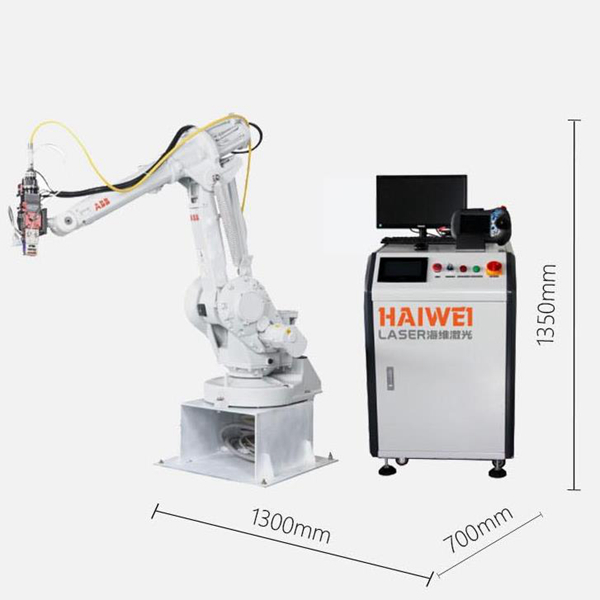Why Is a Robotic Laser Welding Machine So Efficient?
When manufacturers evaluate automation options, many ask: what makes a robotic laser welding machine more efficient than traditional methods like MIG or manual TIG? The answer lies not in a single feature, but in how it integrates speed, precision, and flexibility into one system.

Continuous Motion, No Tool Changes
Unlike resistance welding—which requires electrode changes and frequent dressing—a robotic laser welding machine uses a non-contact beam. The robot moves smoothly along complex 3D paths without stopping, enabling uninterrupted welds on contours that would require multiple setups with fixed tools.
Minimal Post-Processing
Laser welding produces narrow seams with low heat input, reducing distortion and eliminating the need for grinding or straightening in most thin- to medium-gauge applications. This cuts secondary labor and shortens overall cycle time.
Fast Changeovers
With digital process parameters stored per part number, switching between product variants often takes just a few minutes. There’s no need to swap fixtures or recalibrate mechanical stops—just load the new program, and the robot adjusts its path and laser settings automatically.
Built-In Consistency
Once programmed, the robotic laser welding machine repeats the same motion and energy profile every cycle. This eliminates human variability, improves first-pass yield, and supports traceability when integrated with plant data systems.
Practical Consideration
Efficiency gains depend on proper integration. Ensure your system includes:
Seam tracking or vision guidance for real-world part variation;
Adequate fume extraction near the weld zone;
Safety interlocks that don’t add unnecessary downtime.
The efficiency of a robotic laser welding machine comes from doing more in fewer steps—with less rework and fewer interruptions. For shops handling mixed models or complex geometries, it’s not just about welding faster—it’s about building a more predictable, scalable production flow.
Recent Posts
- What are the advantages of laser welding machines in lithium battery pack production lines?
- What issues should be noted when choosing a lithium battery pack production line?
- Quality Inspection and Control of Lithium Battery Module Pack Production Line
- Cell grouping and sorting process in lithium battery module pack production line
- What are the safety hazards of lithium battery pack production lines and how can they be prevented?
INQUIRY

